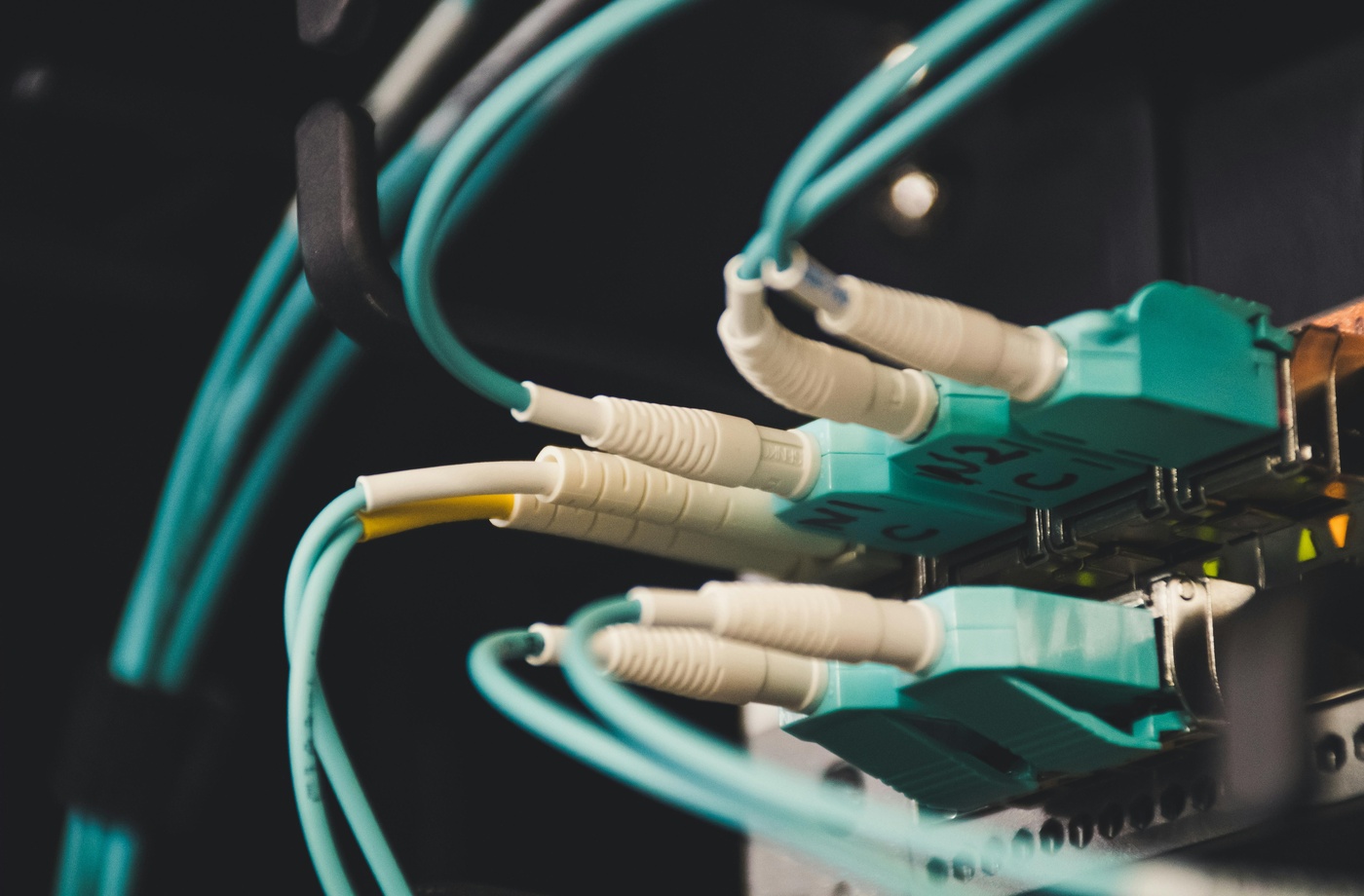The Internet of Things (IoT) is transforming how businesses operate, communicate, and compete. From smart office devices to industrial sensors, IoT technology demands faster, more reliable, and more flexible connectivity than ever before. Here’s how IoT is reshaping business telecom strategies—and what companies must consider to stay ahead.
- Increased Bandwidth Demand
Each IoT device—whether a smart thermostat, connected printer, or warehouse sensor—adds data load to your network. Businesses must plan for higher bandwidth requirements to support seamless connectivity across hundreds or thousands of devices.
- Tip: Use resources like FCC’s Broadband Speed Guide to estimate needs.
- The Rise of Private Networks and Edge Computing
To manage IoT traffic and reduce latency, many organizations are deploying private LTE or 5G networks. Edge computing solutions allow data processing closer to the device, minimizing bandwidth strain and improving speed. - Greater Need for Network Segmentation
IoT devices often lack strong built-in security, making them prime targets for cyberattacks. Businesses must create segmented networks—isolating IoT traffic from core business systems—to reduce risks.
- Solution: Implement VLANs (Virtual Local Area Networks) and prioritize zero-trust architectures.
- Shift Toward Wi-Fi 6 and 5G Connectivity
Wi-Fi 6 offers faster speeds, greater device capacity, and improved reliability—perfect for environments where dozens of IoT devices compete for network resources. Similarly, 5G networks provide ultra-low latency and massive connection density ideal for IoT-heavy operations. - Always-On Connectivity Requirements
IoT systems such as security cameras, environmental monitors, and point-of-sale terminals often need 24/7 connectivity. Downtime can lead to lost revenue, compliance violations, or safety risks.
- Best Practice: Invest in redundant internet connections and automatic failover systems.
- Growth of Device Management Platforms
Managing thousands of IoT devices manually is impossible. Businesses are increasingly adopting platforms like Azure IoT Hub or AWS IoT Core to monitor, update, and secure devices remotely. - Impact on Telecom Expense Management
As IoT device deployments grow, tracking connectivity costs becomes complex. Businesses should integrate IoT-specific data plans, pooled connectivity models, and usage analytics into their telecom expense management strategies. - Stronger Emphasis on Cybersecurity
Protecting IoT ecosystems requires end-to-end security:
- Encrypt all device communications
- Require device authentication
- Regularly patch and update firmware
Companies must treat IoT devices as critical endpoints, not afterthoughts.
- Expansion of Use Cases Across Industries
IoT is no longer limited to manufacturing or logistics. Offices use IoT for smart lighting and climate control, healthcare facilities for patient monitoring, and retail stores for inventory management. Telecom strategies must adapt to the growing diversity of IoT applications. - Future-Proofing Network Infrastructure
Businesses should plan infrastructure investments today that anticipate continued IoT expansion. This means prioritizing flexible, scalable, and secure network designs over short-term fixes.
IoT is not just adding devices—it is fundamentally changing the way businesses design, manage, and secure their communications infrastructure. Businesses that adapt early will be better positioned for greater efficiency, innovation, and growth.



